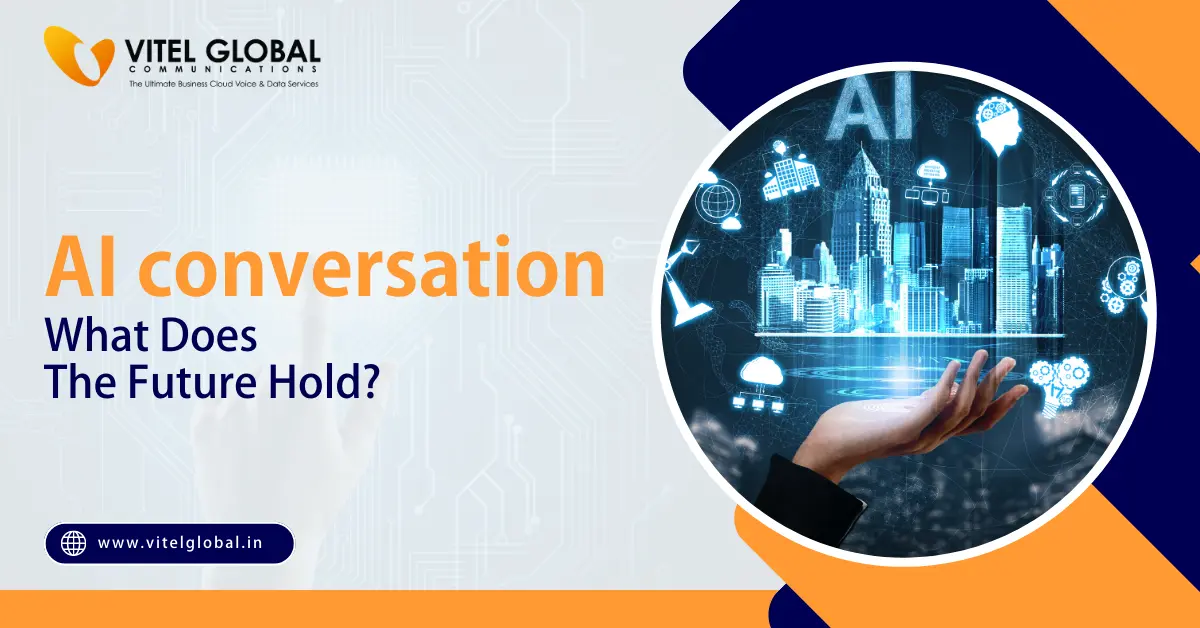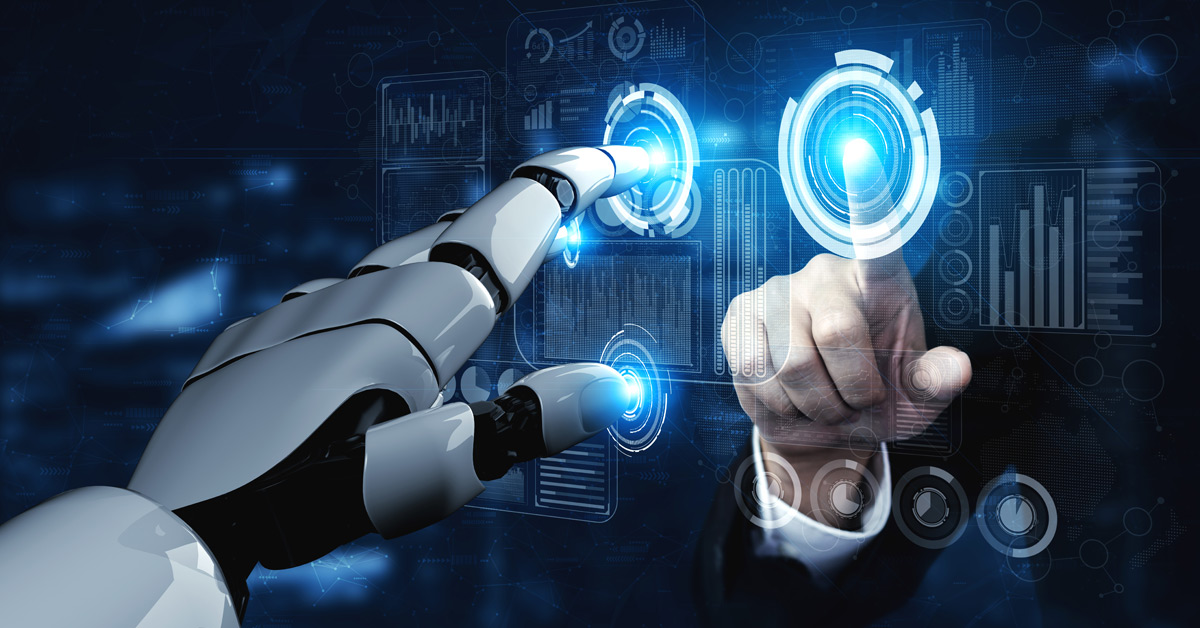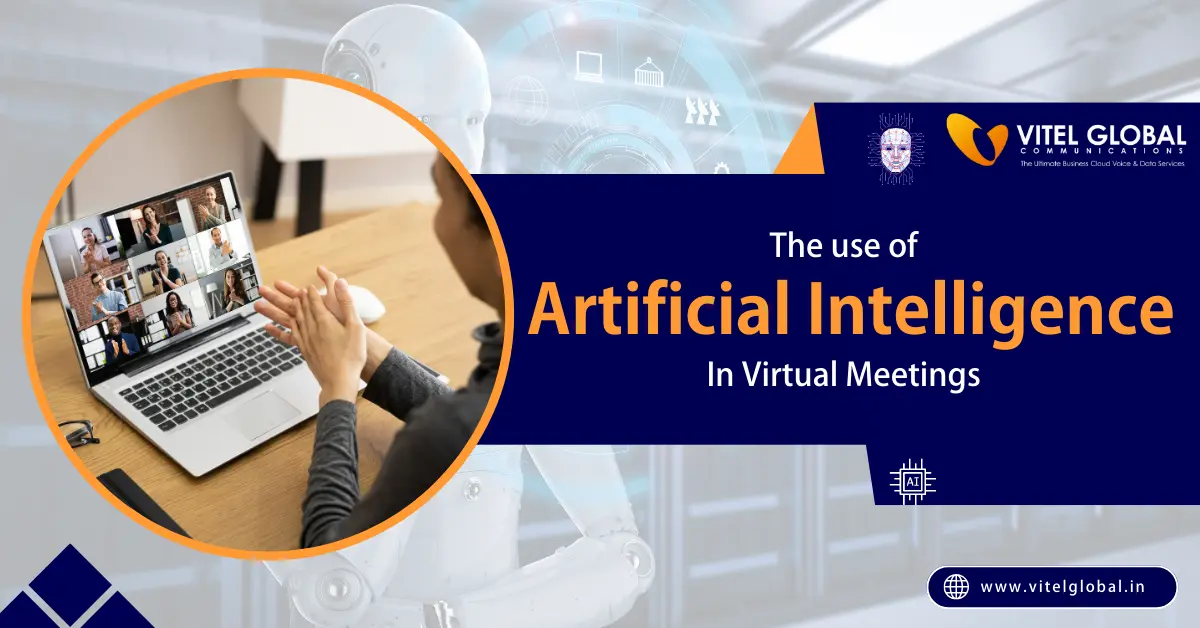Table of Contents
Artificial Intelligence (AI) is a machine that can perform tasks (like thinking) that usually require intelligence when done by humans. It means an artificial intelligence system can learn and, more importantly, teach itself.
Technology is moving fast; if you still need to become familiar with it, you may wonder what the fuss is about with that in mind so that you can get your head around this exciting new technology – and what it means for the future.
The AI task is not to create an intelligent machine to do a task as well as a person but an intelligent machine that can communicate, learn and adapt to changing environments so that the task of creating intelligent machines is over.
Artificial intelligence is quite a popular subject nowadays, so if you’re just as intrigued by it as I am, this post is for you. It’ll help you understand how artificial intelligence will affect how we live and work in the future: what will happen to our jobs and how these systems might change politics and society in general.
What is Artificial Intelligence?
Artificial intelligence is a branch of applied mathematics, physics, and computer science that focuses on creating machines that behave like humans. It lets machines reason, learn, and make decisions. Artificial intelligence research investigates the theoretical foundations of intelligent behavior. The goal is to build machines with the equivalent of human intelligence, including natural language processing, common sense reasoning, and learning ability. Intelligence has historically been defined in many different ways. These definitions vary a lot.
Some philosophers believe that artificial intelligence is simply the application of reason to computational problems. Others take the stance that what makes something “intelligent” is its ability to produce utility or value for some purpose. It is similar to asking whether or not a computer is smart. A computer is intelligent if it can intelligently perform a task and hence qualify any program as intelligent. Others might say that intelligence requires the ability to perceive things and make decisions, which in turn requires intelligence.
Terminology
The term itself comes from the concept of “Artificially Intelligent Computer.” Artificial intelligence has been the subject of many philosophical debates. Artificial intelligence is a branch of applied mathematics, physics, and computer science that focuses on creating machines that behave like humans. It lets machines reason, learn, and make decisions.
Artificial intelligence research investigates the theoretical foundations of intelligent behavior. The goal is to build machines with the equivalent of human intelligence, including natural language processing, common sense reasoning (via Bayesian networks), and learning ability. Intelligence has historically been defined in many different ways. These definitions vary a lot.
AI-Working Definition
The AI task “is not to create an intelligent machine to do a task as well as a person, but an intelligent machine which can communicate, learn and adapt to changing environments, so that the task of creating intelligent machines is over.”
The future has always been a concern of human beings. Since the beginning of time, people have created myths, legends, and religions which tell us about this future. Some say it will be a new utopia; some say it will be a terrible disaster. Eventually, we learn from these predictions that it will be a combination of the two.
Theories abound by the people who predict the future, and their predictions are usually controversial. They often can’t remain within their theories. In some cases, they end up changing their predictions or leaving them alone.
If you want an AI to come up with a conversation that sounds natural, you need a set of rules about how to predict what human beings say. In computer science, this is called “conversational intent.”
Conversational AIs are Responsible for Task
To learn conversational intents and use that information to generate realistic-sounding dialogues. The ultimate goal is for them to understand the fundamentals of communication processes to interact successfully with humans while generating interesting and engaging conversations.
An AI System Today is Either Supervised or Unsupervised
It is trained on a set of labeled data or generates output in an unsupervised fashion. A supervised AI system is trained on labeled data by giving the AI correct answers to an encoding task and then observing how the system performs on subsequent tasks. A supervised AI usually has explicit instructions or “meta-goals” like “I want to be good at solving math problems,” which can be used for reinforcement learning. In this case, success is defined as doing well on all subsequent tasks. This approach has proven useful in many fields, including robotics and computer vision. In the case of language, however, finding a set of explicit instructions or goals takes time and effort. Still, training an AI to “observe” behaviors and ask good questions based on its observations is possible.
An unsupervised AI system learns in an unsupervised fashion and generates output by encoding data using a generative model or representation. This approach can encode human behavior, i.e., “observing” how humans behave by capturing the statistical patterns associated with each behavior.
What is Conversational AI, and How Does the Future Hold
A few years ago, getting computers to understand human speech was still difficult. Thanks to deep learning advances, conversational AI has advanced significantly. This technology is so advanced that people frequently mistake it for human interaction.
I’ll give you an idea of what conversational AI is and why it’s useful. For example, imagine that you are interacting with a salesperson at a store. The salesperson can take your order, but sometimes she needs help understanding your questions or needs. She has yet to have a full conversation with you.
Conversational AI is the technology that will allow this salesperson to have a full conversation with you. You can ask her various questions, and she will respond naturally. She will know how to close the deal, even if she doesn’t have all the information.
Imagine that you are interacting with your doctor. The doctor can diagnose your medical condition, but sometimes she doesn’t understand your symptoms. She can’t have a full conversation with you yet.
Conversational AI is the technology that will allow this doctor to have a full conversation with you. You can express your symptoms in speech or text; she will respond accordingly with recommendations and advice. It will know how to close the deal, even if it doesn’t have all the information.
Learn about the technical foundation underlying conversational AIs and some of their most important challenges so that you can positively use them and have much future.
Conclusion
Conversational AI is the technology that allows computers to interact with humans in natural, fluid conversations. This technology is based on deep learning, a branch of computer science that emerged over the last decade. Deep learning has made many breakthroughs in speech, object recognition, and natural language processing (NLP).
AI is used in many aspects of our personal and professional lives. The success curve using conversational AI is high business. Understand the possibilities and use them to their fullest potential.






